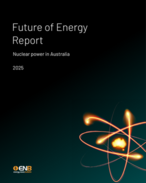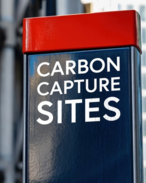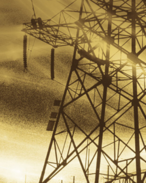This article is 18 years old. Images might not display.
“Over the next three years, more than 14,300 square kilometres of 3D seismic, more than 17,500km of 2D seismic and 36 wells have been committed,” he said.
Walker emphasised that this was a conservative estimate as some explorers would exceed their commitments and new blocks with new commitments would be taken up.
In addition, there were secondary commitments over the next few years of 1200sq.km in 3D seismic, 5200km in 2D and 24 wells, but the actual amount of secondary exploration would vary from this figure based on program results, he said.
But when taken together, these figures meant there would be as much deepwater activity in Australia over the next three years as has been done over the last 30 years.
“Of Australia’s 1040 offshore wells, only 61 have been drilled in deep water [water more than 500 deep] and only one in water more than 1500m deep,” Walker said.
Most of the past and near-term upcoming deepwater activity targeted the North West Shelf.
“Australia’s deepwater discoveries all lie on the Greater North West Shelf and comprise more than 94% gas and less than 6% liquids,” he said.
Unlike most parts of the world, Australian deepwater basins are gas-prone.
“Most Australian deepwater basins contain extensions of the adjacent shallow-water petroleum systems and plays,” he said.
“These are generally characterised by progradational reservoir systems deposited more slowly in shallow water. These systems are generally gas-prone.
“To date, the drilled deepwater systems of Australia generally lack oil-prone source rocks.
“Predictions of oil-prone source rocks in undrilled areas are speculative. There is no reason to expect the deepwater basins to be more oil-prone than the adjacent, generally gas-prone shallow-water basins.”
The North West Shelf’s oil finds have been made in localised sweet spots that are generally approaching exploration maturity, he said.






















